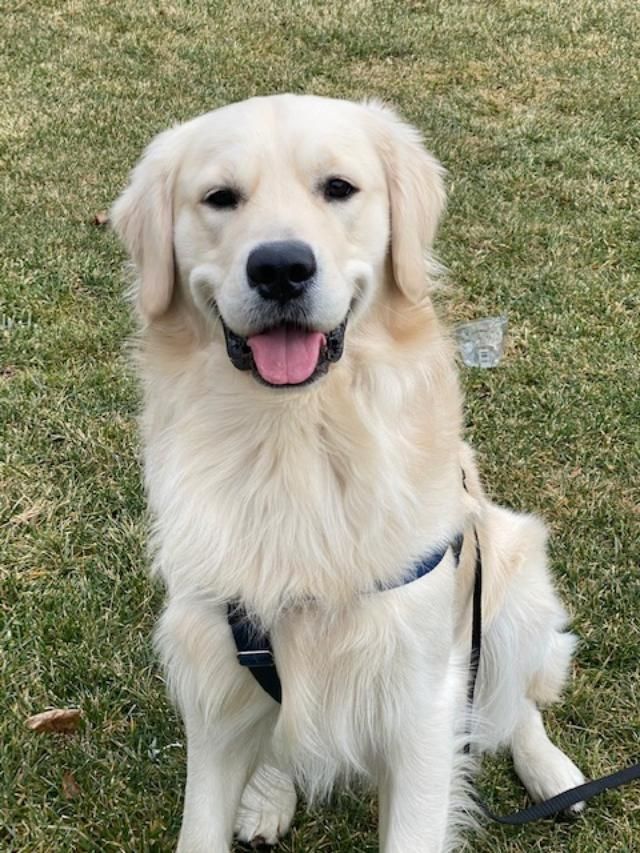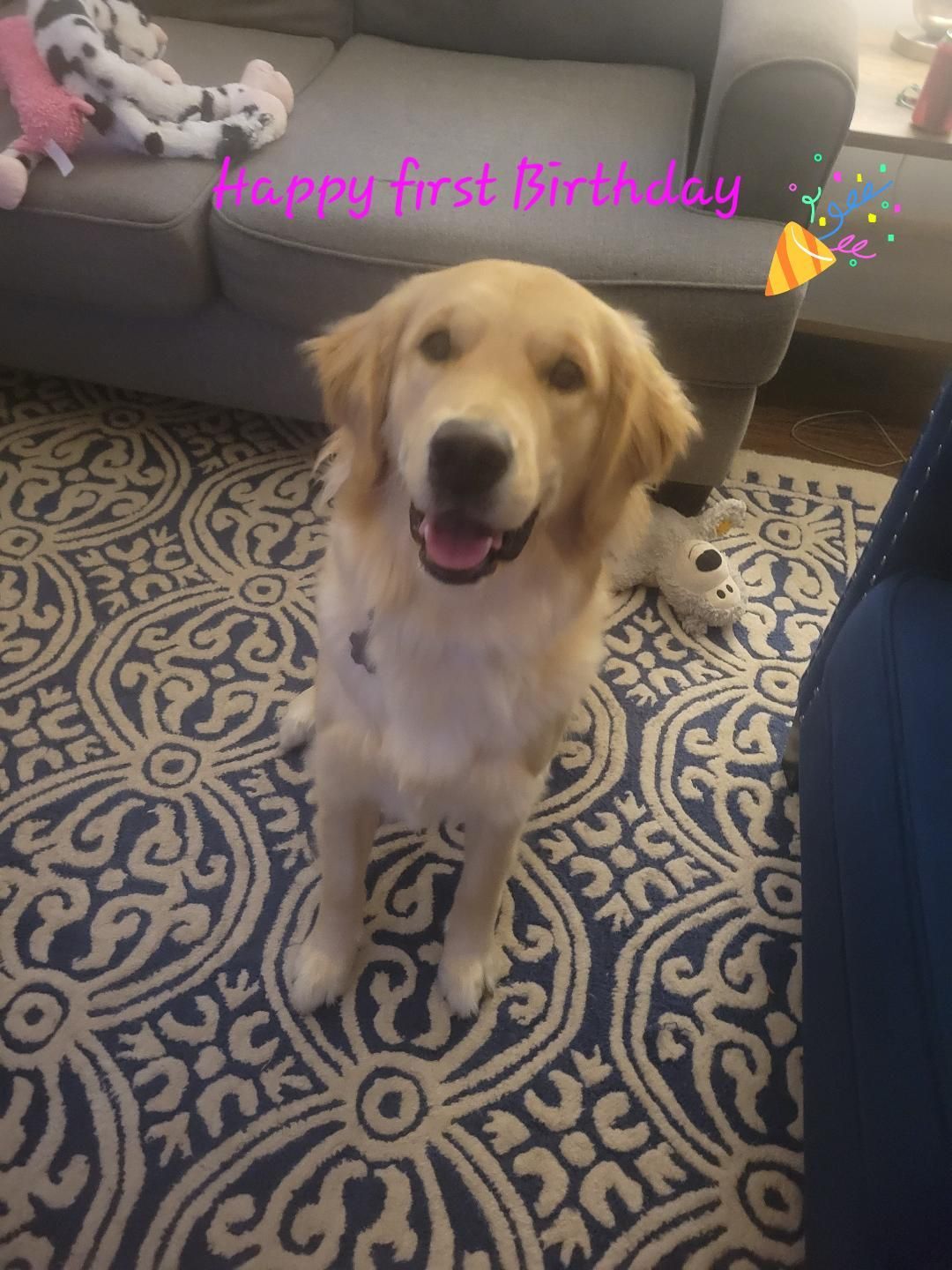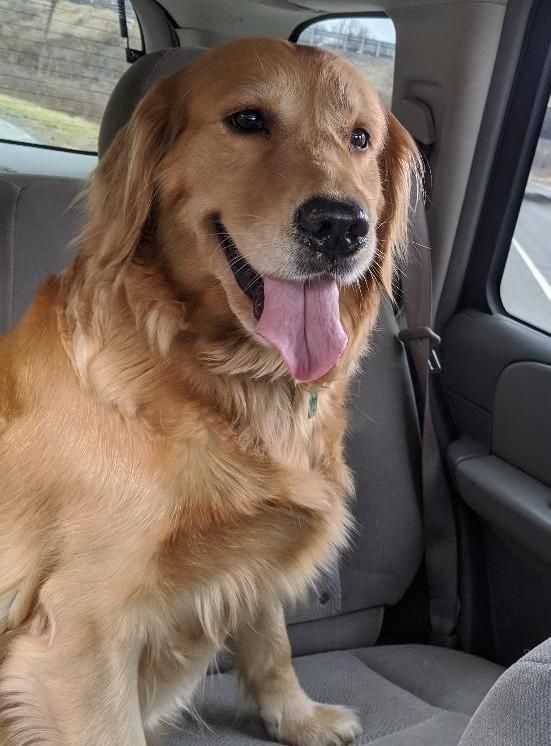Must Have Puppy Essentials
Crate Training your New Puppy
One of the most useful devices for raising a puppy, and perhaps one of the most misunderstood, is a fold-up wire crate. Properly used, this device can aid in housetraining puppies. It can also be used for your own puppy's safety, and to save your home from costly damages. Since the crate is portable, it can be easily taken along on trips. Thus, overnight visits or vacations with the family pet can be more enjoyable. People who raise, train, and show dogs have been aware of the benefits of crates for years. Unfortunately, the new pet owner is not as well-informed.
I advise owners of new puppies to concentrate on housetraining, socialization, and crate training during the early weeks of rearing.
SEPARATION REFLEX
When separated from their social group, most pups whine, bark, or howl, these sounds are referred to a distress vocalizations. In the wild, these sounds increase the chances that a puppy will be reunited with the pack. If a pup’s movement is restricted while it is isolated, I will respond with escape behaviors such as digging, thrashing about, and chewing. These behaviors have obvious benefits for survival.
Many pet owners inadvertently elicit these behaviors by placing the pup in a barricaded kitchen or other unoccupied area of the home. Sometimes these owners provide a ticking clock, a radio, or a hot water bottle to “comfort” the animal. This entire procedure is unnecessary at the least and can harm the puppy psychologically and physically if emotional behaviors indicating stress are allowed to persist or worsen.
RECOMMENDED PROCEDURE
The procedure we use and recommend for inhibiting the separation reflex is based upon several other canine tendencies. These are the pup’s preference to bed down with, or in the presence of, to bed down in a sheltered, den-like atmosphere; and to learn through association. The procedure we recommend is as follows:
1. Acquire a collapsible dog crate, we recommend the Midwest Life Stages Crate with a divider panel that can be adjusted as your new puppy grows! The crate should be large enough for a puppy to stand and turn around in it and stretch out, no more than that. Remember Larger breed puppies grow so fast. So as long as it has a divider panel, it can be adjusted as your puppy grows. Have the crate ready for when the puppy comes home.
2. Assemble the crate in the bedroom of the house.
3. Introduce the puppy to the crate well before bedtime.
4. Introduce the puppy to the crate by placing several treats Zukes Mini Naturals directly in front of the door and a few inside. Give a command word (kennel), (crate) or (in). Let the puppy walk in then back out, just to get use to it. Then do it again. Offer treats outside and inside of crate, let the puppy walk in, then close and lock the door.
5. Leave the room but remain just outside in order to monitor the pup’s behavior.
6. At the first indication of any separation responses, intervene with a sharply raised voice. The idea is that the puppy associate its behavior with a startling outcome the behavior produced. Some pups will not respond to a raised voice. We have heard that most puppies respond well to sounds generated by a shaker can (a small can containing several coins).
7. Usually the pup settles quietly in the crate after 3-8 attempts at emotional responses, if they are followed by a startling sound. After the pup is quiet, keep him inside the crate for about 10 minutes. Then bring the puppy outside to eliminate. Bring him to the same spot each time. Give him a command word (go bathroom) (go pee-pee) well you get the idea! After he has eliminated, praise and pet him, tell him, he’s a good boy! Then bring him back inside.
8. After intervals of 30-45 minutes, repeat the procedure. During those 30-45 minutes play with and love your puppy. Then extend the pup’s quiet time in the crate to about 30 minutes.
9. While the pup is inside the crate, provide one chewable toy. We recommend hard NYLABONES. Other items such as blankets or newspapers are not necessary. Also, any collar or leads should be removed to prevent entanglement. A Snuggle Pup can help with anxiety AND aid in comfort. Reduces negative behavior and helps with crate training and reduces barking and whining. Helping YOU sleep at night. We recommend to not put it inside the crate, just outside it should be sufficient. Feeding him in the crate is also helpful for your puppy to associate being in the crate with an enjoyable experience. Can also use a Lick Mat that attaches to the crate. But only when you can observe then.
10. While your puppy is settling inside his crate, you can keep a good eye on him with a Video Monitor with Camera. One that allows you to carry it around with you while inside your home or in your yard. Allows you to see, hear & even talk to them.
By the time bedtime arrives, the pup has already associated being quiet with being inside the crate. Also, the effects produced by separation are negated if the crate is in a bedroom where a member of the family sleeps.
OVERNIGHT ELIMINATION
Usually after waking the pup will eliminate. If the pup awakens while inside the crate and needs to eliminate, it will probably whine or bark, since dogs tend to avoid eliminations in their bedding areas (den effect). The pup can then be taken outside to eliminate.
PROS AND CONS
This procedure has several advantages for house-training puppies. First of all, the pup does not form the habit of eliminating inside the house. People who barricade the pup in the kitchen or some other area must also provide newspapers to absorb the waste. The pheromones contained within the urine and feces are transferred to the surface of the floor. This can influence the dog to eliminate in that area at a later day. Second, the pup can be placed in its crate-“den” when it cannot be watched during the day. Destructive habits, as well as eliminating inside the house, can be further controlled.
This procedure does have some disadvantages. A young pup should not be placed in its crate for prolonged periods of time. During the day, the limit should be 2-3 hours at a time. As a rule, add 1 to his age in months to equal the number of hours he can be expected to be in a crate comfortably without eliminating. For example, a 2-month-old puppy should not be confined for more than 3 hours. This is because of the frequent periods of activity that occur throughout early development, as well as frequent elimination responses. If you are away from home for a long period, ask someone you trust to take your puppy outside to eliminate at scheduled intervals.
Some dogs are crate trained in a month; some may take longer, up to 1 year. However, please be patient, every puppy is different and learns at his or her own pace. But with lots of love and patience your puppy will grow to be a healthy, happy addition to your family.
Good Luck!!!!!


